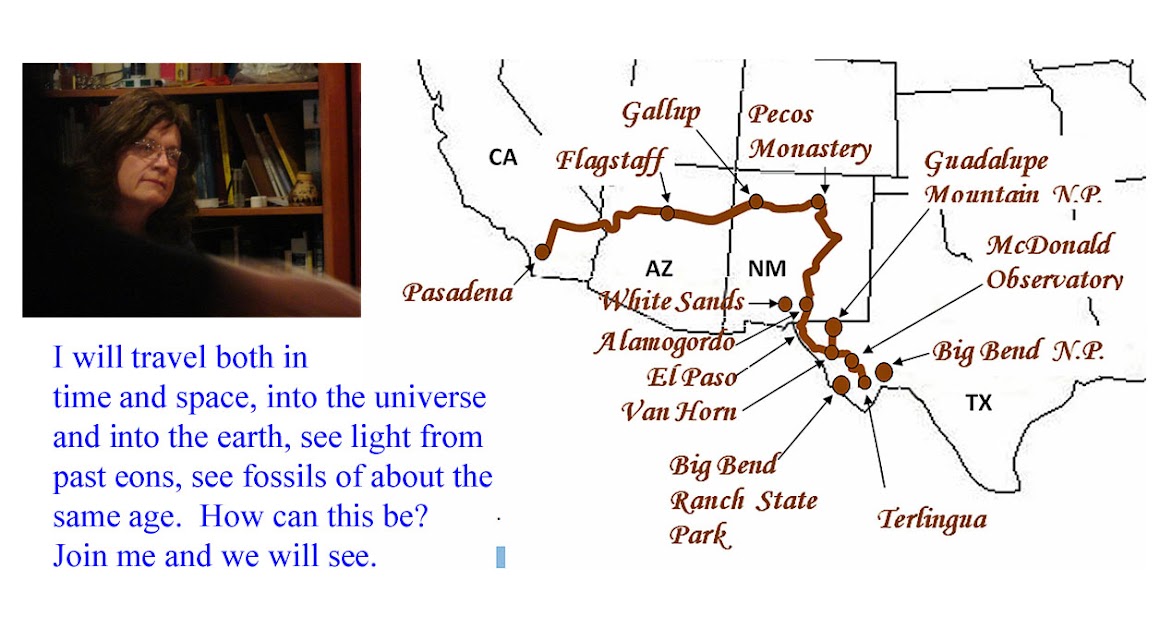 |
| (Infrared Telescope Mauna Kea, Hawaii |
It’s been more than forty years since I was thrust into astronomy. While working as a land surveyor in Hawaii for land development, my company got the job of setting the alignment for the world’s largest infrared telescope, knowing that is was something completely foreign to any of us. But they gave the task to me, becauseI had one overriding qualification—I could work at 14,000 feet above sea level at night in temperatures below zero without getting sick. True astronomic north was needed, and I had to learn how to provide it within five seconds of arc.
 |
| McDonald 107" |
 |
| McDonald 107" |
I moved back to California before that telescope saw first
light, and never heard whether or not its alignment was correct—until two days
ago. I’ve kept somewhat in touch with astronomy
over the years, and was privileged to meet with a researcher at the McDonald
Observatory in Texas, using the 107-inch Harlan J Smith Telescope. It saw first light in 1968, just a few years
before the 142-inch Mauna Kea Infrared. Both
were constructed with techniques of the same era. I wanted to learn how the 107-inch was
tracking.
 We met before nightfall as they were bringing the inside of
the dome to the same humidity and temperature
as the outside. He showed me the two
pillars on which the entire mechanism rests, and on which the telescope
rotates. He said its axis is equal to
the latitude of this place. The concrete
pillars do not touch the building, but extend five stories down through the
building and deep into the ground. This
eliminates most vibrations in the telescope.
We met before nightfall as they were bringing the inside of
the dome to the same humidity and temperature
as the outside. He showed me the two
pillars on which the entire mechanism rests, and on which the telescope
rotates. He said its axis is equal to
the latitude of this place. The concrete
pillars do not touch the building, but extend five stories down through the
building and deep into the ground. This
eliminates most vibrations in the telescope. 
The 180-ton telescope also moves in vertical angle. A 200-ton counterweight gives balance. With these two motion it can point almost anywhere in the sky.
He said, “I will show you something interesting, but you must not say who told you.” He maneuvered the telescope into horizontal positing so we could look into its tube and see the 107-inch mirror. Inside the tube, all sorts of braces hold things in place. I asked if they interfere with incoming light. He said they do by about thirty-four percent.
I stared into the long tube to an 8000-pound parabolic mirror. I saw what looked like blemishes on it. “This is the strange and sloppy thing about telescopes,” he said. “They are exposed to the sky almost every night, and almost anything from bird droppings to leaves to dead insect can get inside and come to rest on the primary mirror.” Every two years the aluminum coating on the glass gets replaced, and then of course it’s perfectly clean. But other times it’s hard to get in there and clean it.

Debris interferes less with light than the structural members do, at about three percent loss. These losses mean is that it takes a longer exposure time to get the resolution we need, but they do not reduce clarity, he said, which seems strange.
Come nightfall, we retreat to the control room. The telescope moves on its two axes, and the dome rotates to match the telescope. These movements are what I wanted to learn about, because they depend on the alignment of the axes to astronomic north, and done during construction.

The control room is dark and the astronomer has many screens. On this night, the instrument is pointed toward a star that has a planet revolving around it. We can’t see the planet, in fact we can’t even see the star. Instead, we see very fine lines on the screen—a spectrograph.

Light from the primary mirror ounces off the secondary mirror and down through a hole in the center of the primary mirror. From here, it bounces and refracts seven more times until it reaches a high precision spectroscope located three floors below us. The astronomer is not studying an image, he is looking at the various frequencies of light that the star is emitting.

About ten years ago, a star that is ten light years away showed a dip in the intensity of its light. The dip has occurred at regular intervals enough time to let us know that a planet is probably orbiting. Now, using spectroscopy, this astronomer is trying to find out more about an alien planet.
 This screen shows what the telescope is doing as it tracks the
star in question. I could see that the
angles of its two axes are given to an accuracy of less the one arc
second. “How can it do that?” I ask,
wondering if my 5-second precision in Hawaii was somehow surpassed by the
surveyor for this telescope before it was built.
This screen shows what the telescope is doing as it tracks the
star in question. I could see that the
angles of its two axes are given to an accuracy of less the one arc
second. “How can it do that?” I ask,
wondering if my 5-second precision in Hawaii was somehow surpassed by the
surveyor for this telescope before it was built. He said that five seconds is good enough for construction, because once built, we can sight Polaris and make computer adjustments to the motions to give this higher precision.
Please see a map of the places where I have slept, as updated
each day by Michael Angerman: Sharon in West Texas













































